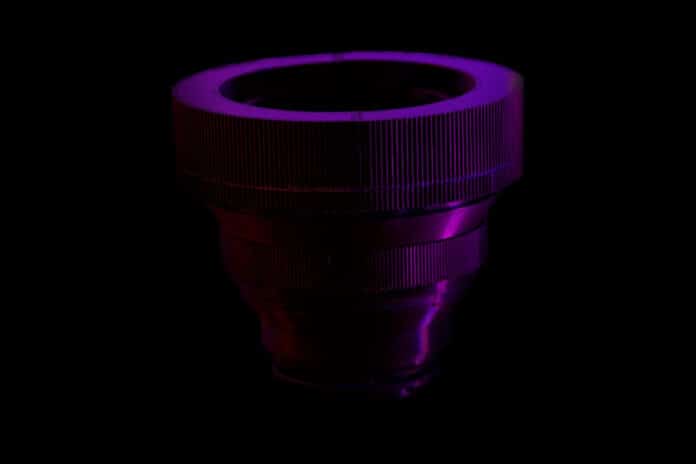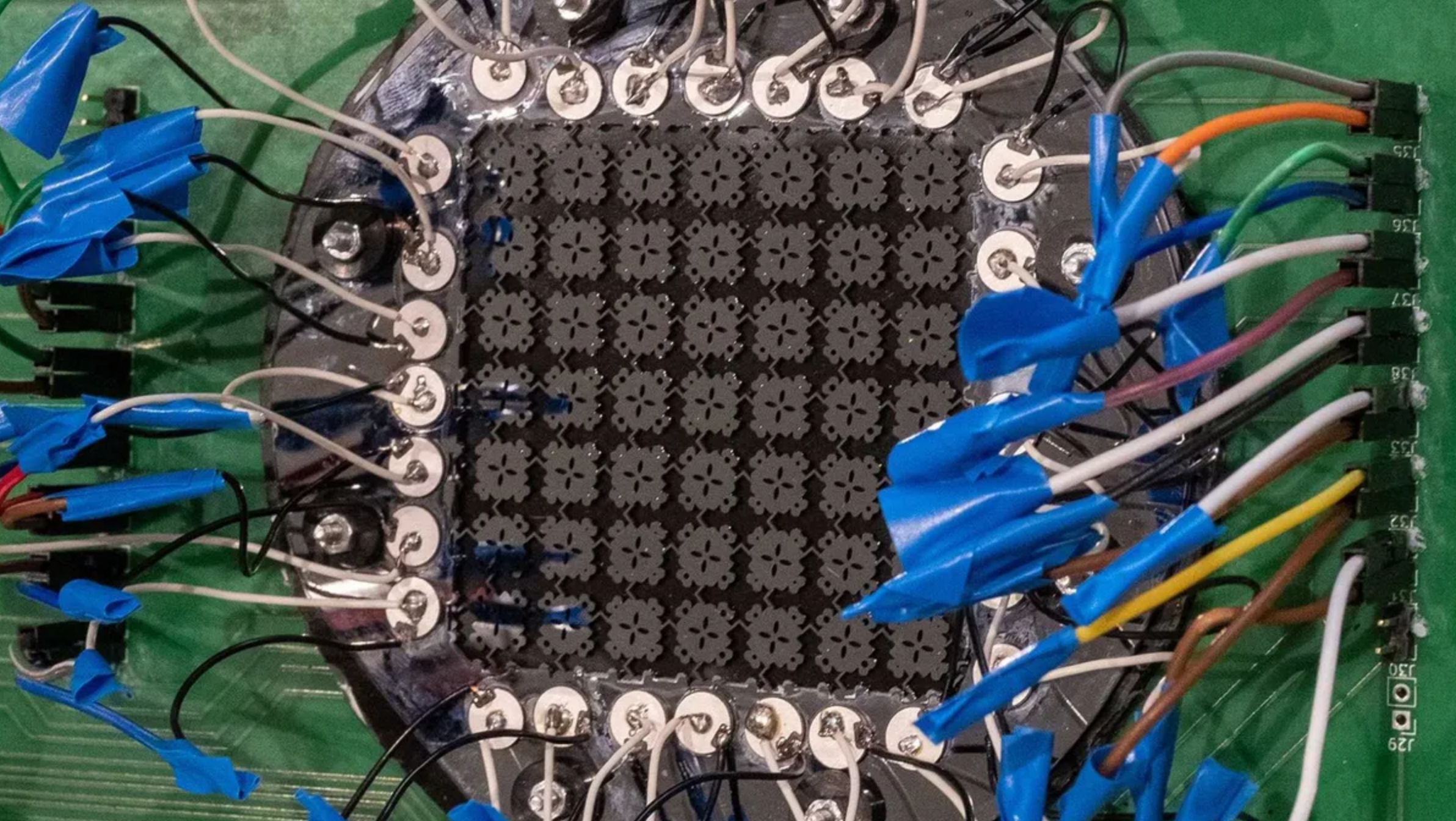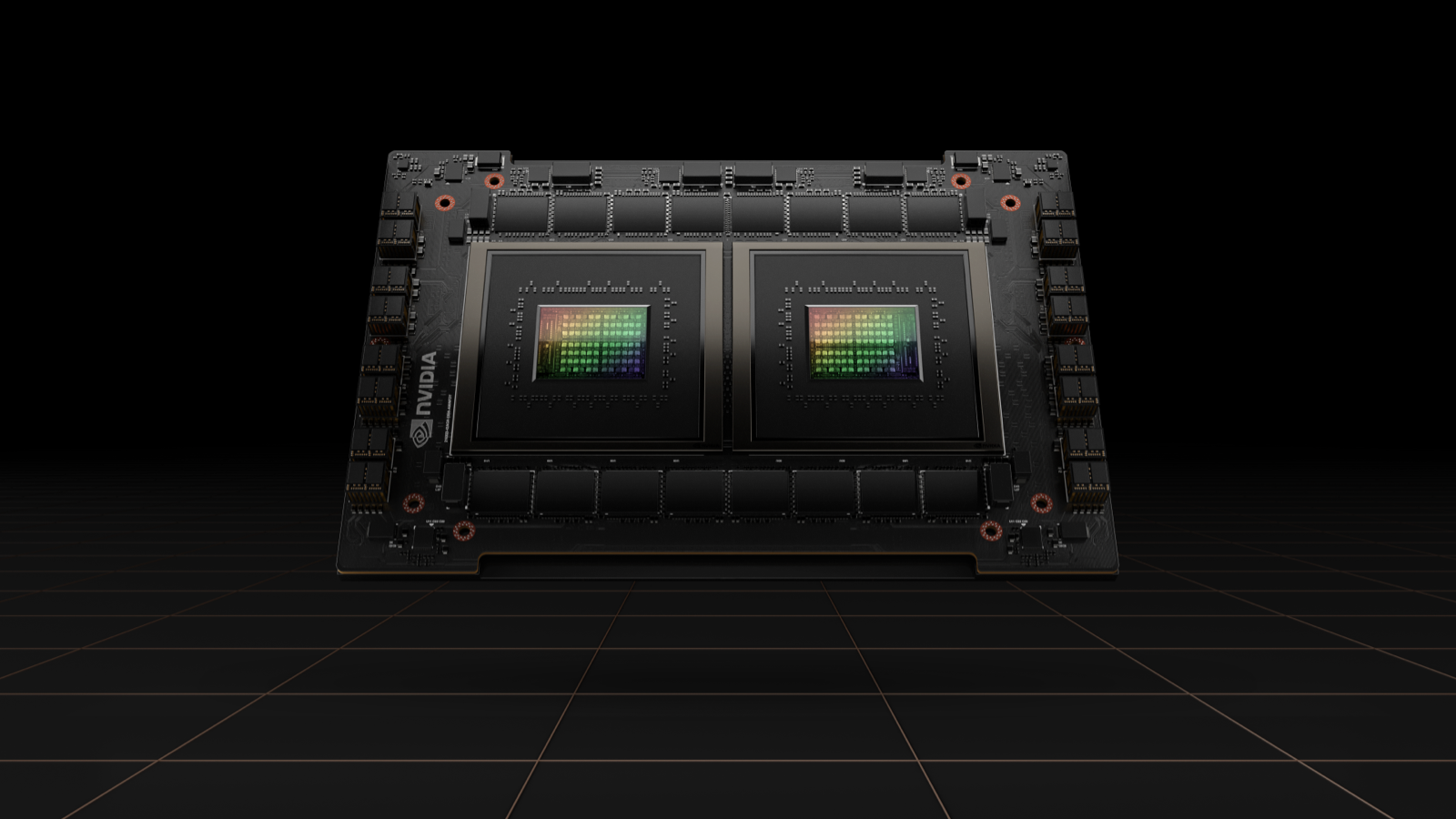Photography is a pretty expensive endeavor. Those with a passion for photography know well that cameras and lenses both cost a fortune. However, Felix Steele has come up with a solution and has successfully printed a camera lens for less than $15.
Felix Steele, a computer science student with a passion for electronics and photography has developed a 3D-printed 164mm f/2.5 telephoto-lens. He built this lens using affordable glass elements. He named his first project the “Pixels and Prisms.”
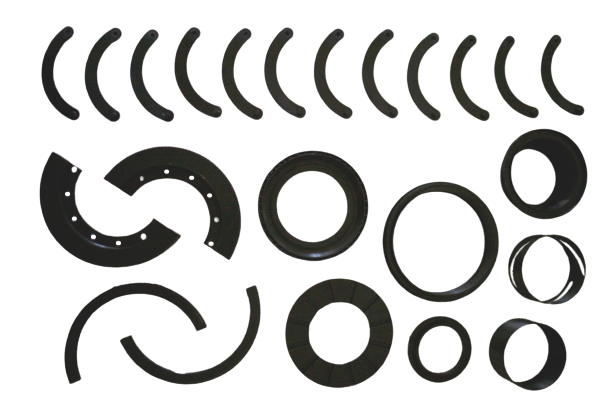
The lens includes 23 significant parts and 15 pegs (Image courtesy: Pixels and Prisms )
Features of the lens
Unlike other 3D-printed lenses that house elements in fixed tubes without adding functionality, this lens has a focusing mechanism and a fully adjustable aperture.
“Every photographer has different needs when it comes to lenses — in price, speed, and focal length. The Pixels and Prisms 163mm f/2.5 telephoto lens is a customizable optical system that offers a low-cost, open-source alternative to commercial lenses through 3D printing,” Steele explains.
“As a photographer, the experience of building this lens was a valuable method of connecting with the principles which underlie much of my work. When a change in lens design affects your depth of field or sharpness, you develop an acute understanding of, and appreciation for, the equipment and techniques that you employ,” he adds.
Assembling Pixels and Prism lens is very easy, as it has no fasteners or screws. Moreover, its parts are bonded using household glue. Excluding the glass element, the lens is 100% 3D-printed, and the total material will cost you about $13.
Steele added, “For under $15, Pixels and Prisms is a viable low-weight lens option for travel, portrait, or street photographers, as well as a cost-effective entry point into telephoto photography. The aperture and zoom system can even be modified to work with any lens element, so long as an extender is added to the front of the optic,”
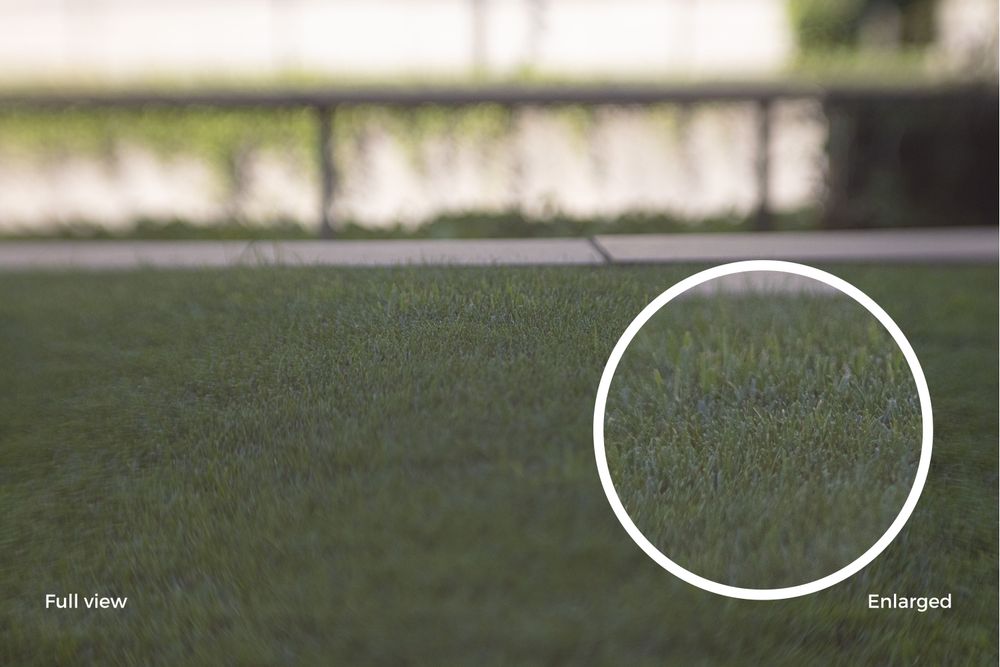
An example of the 3D-printed lens ( Image courtesy: Pixels and Prisms )

